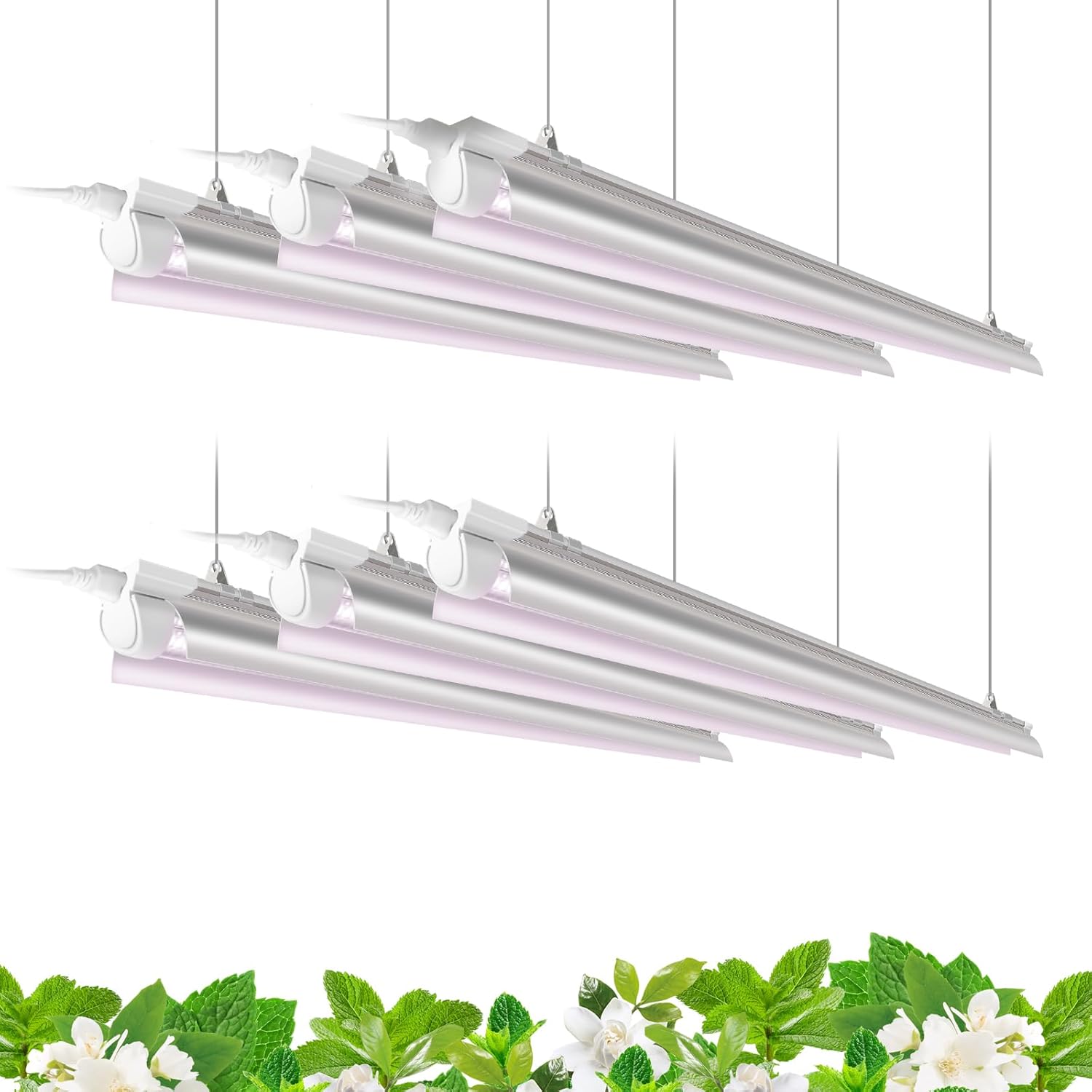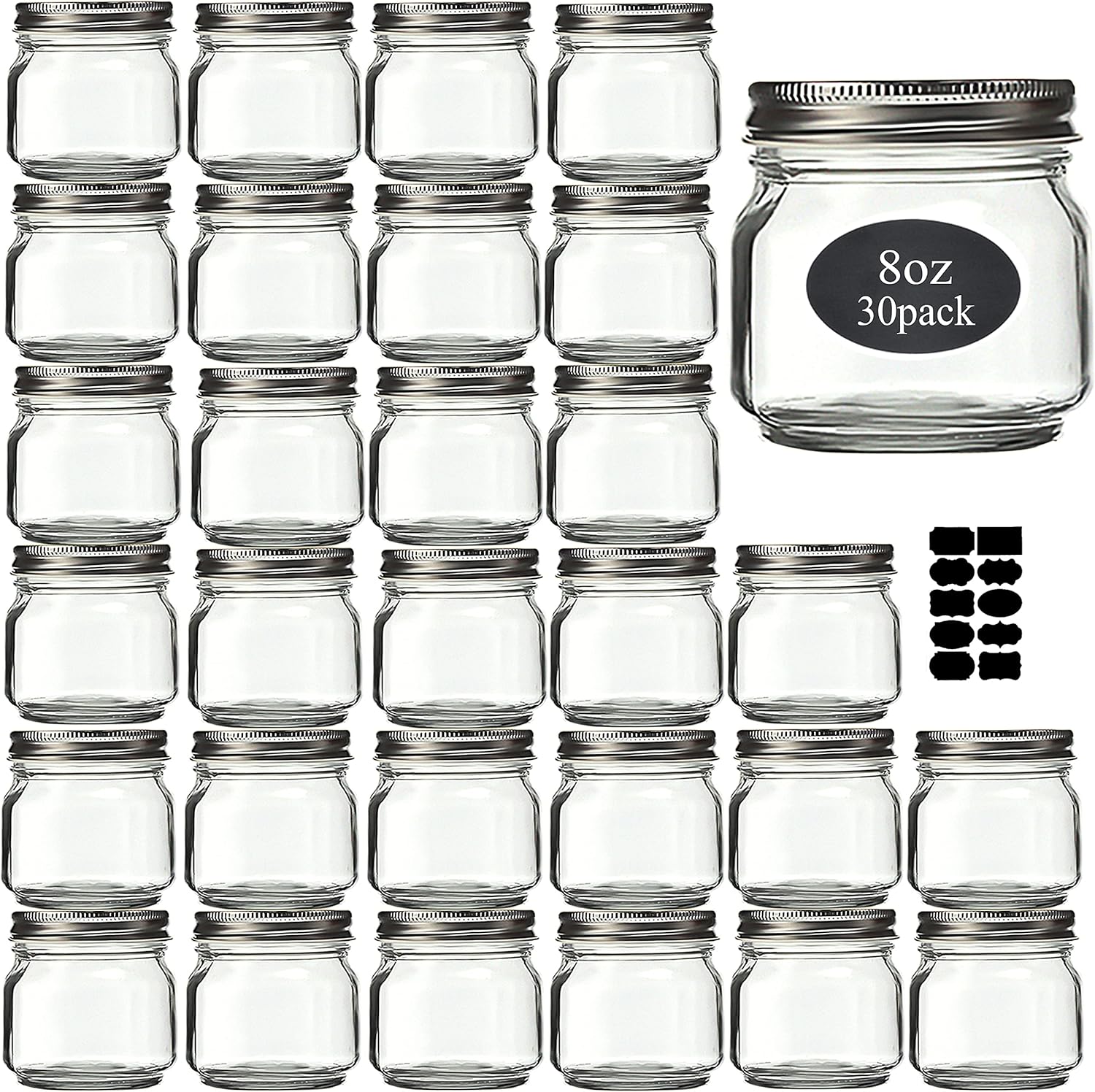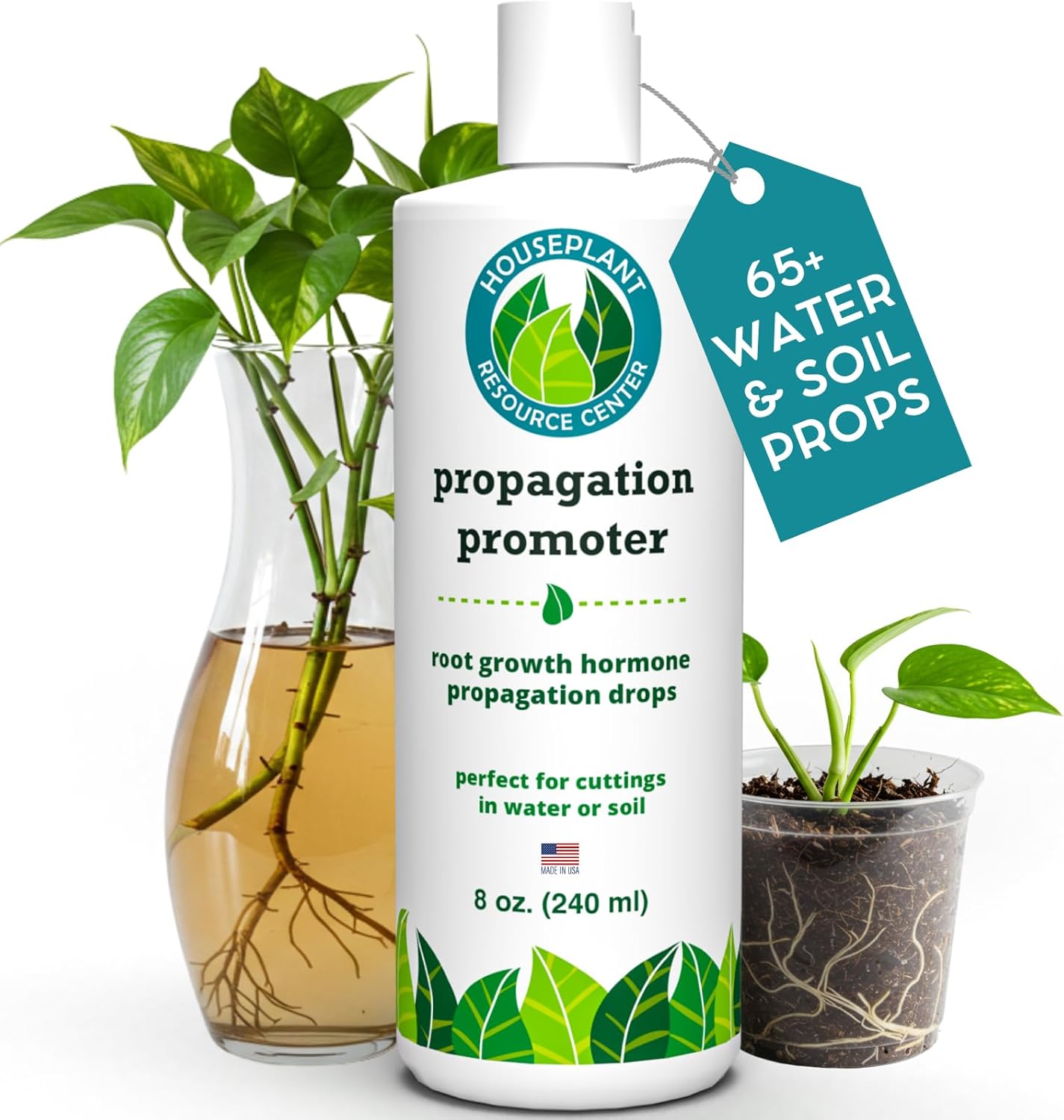Plants You Can Still Propagate in Winter (For Free Plants in Spring)
Don't wait for spring to expand your plant family. Learn the key differences when propagating in winter and the 6 easiest plants to try rooting from cuttings.
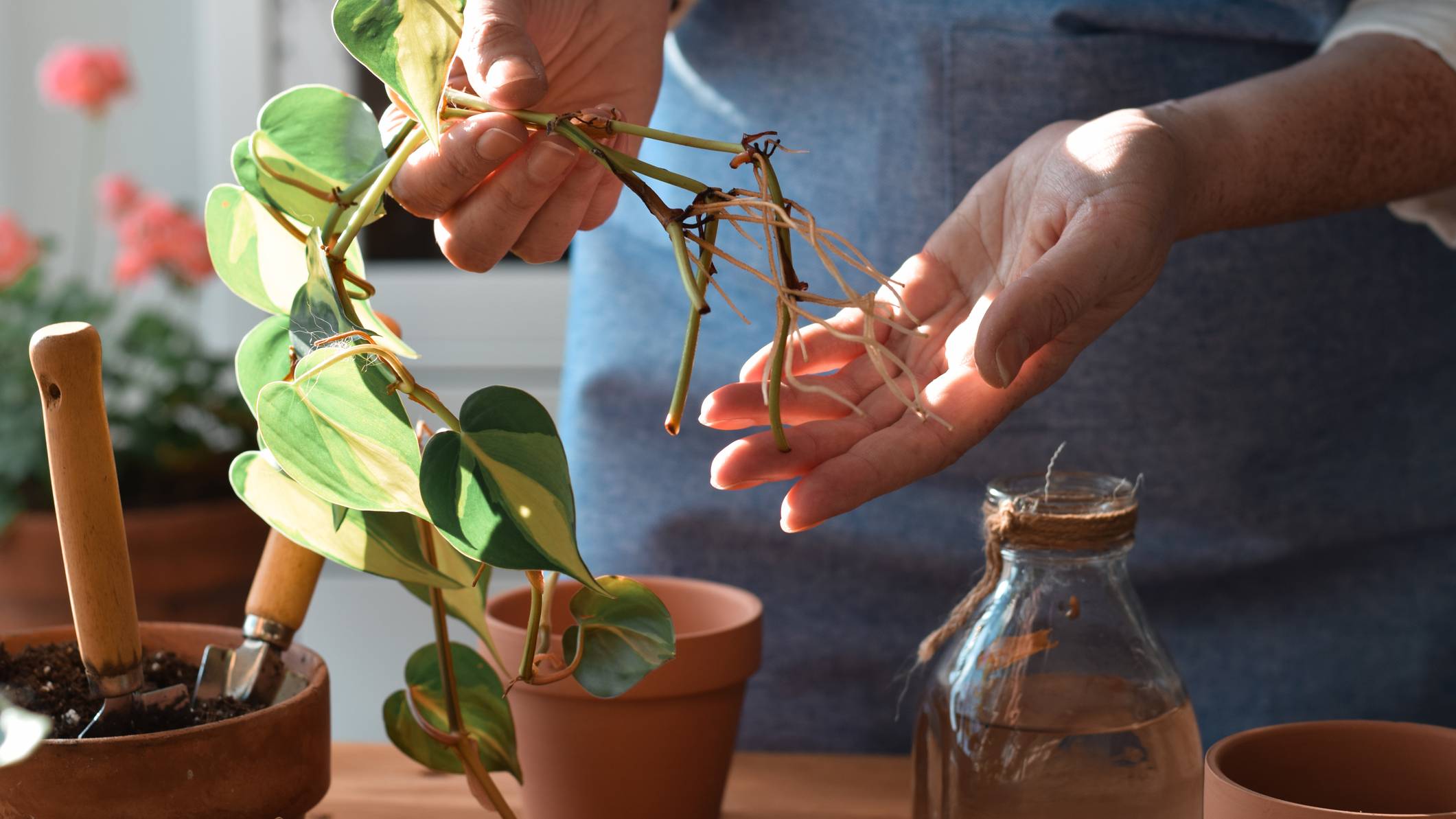

Can I propagate in winter? This is a common question for many people with houseplants. The growing seasons of spring and summer are ideal for propagating plants, but that doesn’t mean you can’t try in winter, too. In fact, it can be an ideal activity for gardeners with nothing else to grow or nurture.
If you have houseplants, you can use simple propagation methods to expand your collection. You can also propagate to share or swap with friends. Here’s what you need to know about winter plant propagation.
Can You Propagate Plants in Winter? How is it Different?
Yes, you can propagate houseplants in winter, even though this isn’t the ideal time to do it. Spring and summer are the best times for propagating because this is when plants are actively growing and conditions are more suitable for new growth.
Propagating in winter is a little different because plants will be growing more slowly. Temperatures are lower, the air is typically drier, and there’s less light. If you can account for these factors and be patient, you can still propagate your favorite houseplants.
Find a warm place for your cuttings, ensure they get enough moisture and humidity, and if necessary, use artificial lights to help them grow faster and stronger.
6 Plants to Propagate in Winter
Because winter presents more of a challenge for propagating, it’s best to stick with plants that reproduce very easily.
1. Pothos
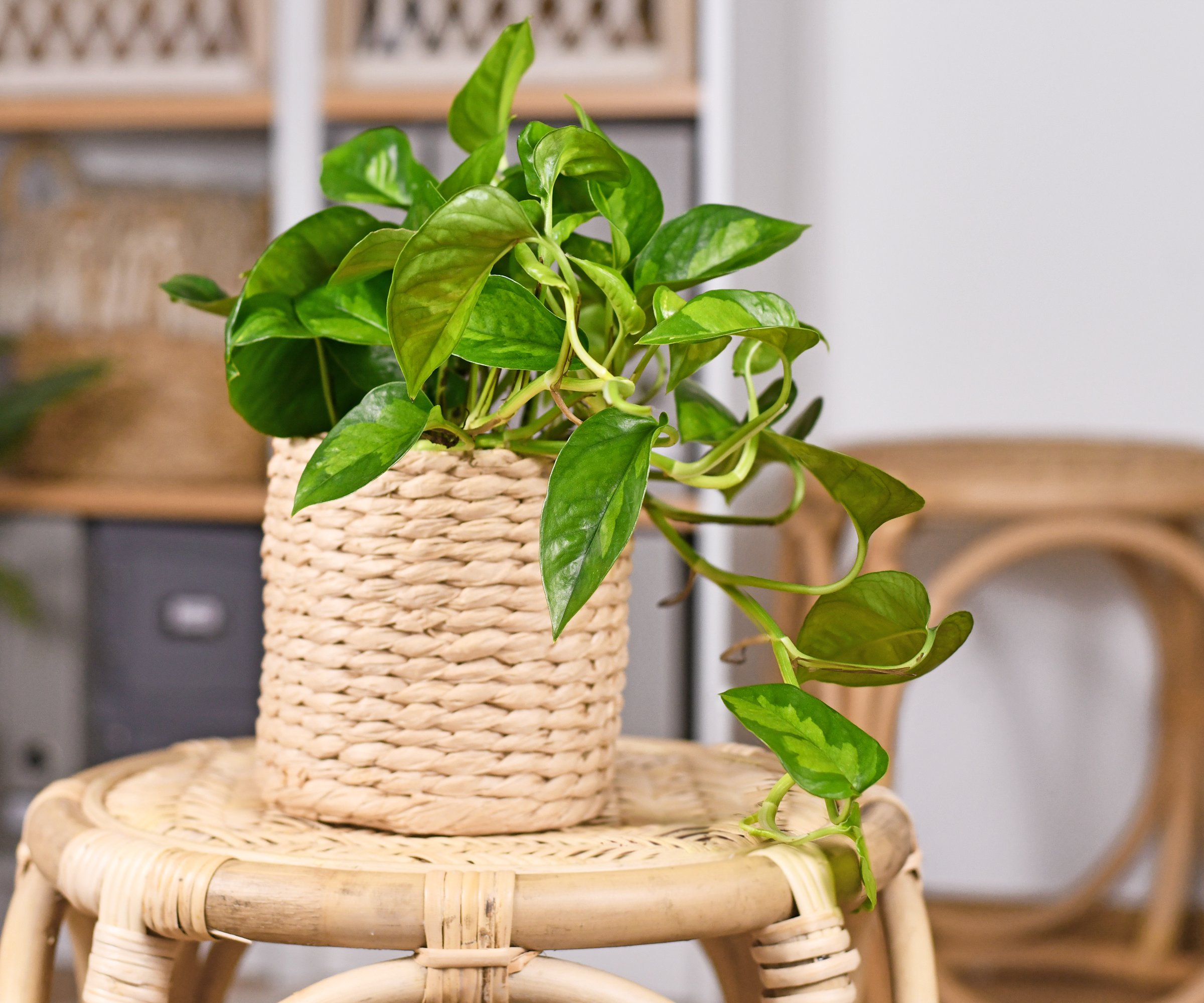
Pothos is a tropical vine and a very popular houseplant. It’s easy to grow, and some might even say tough to kill. It grows fast, making it a good choice for winter propagation. While your pothos cutting will root in soil, it puts out roots even faster in water. Philodendron is similar.
Sign up for the Gardening Know How newsletter today and receive a free copy of our e-book "How to Grow Delicious Tomatoes".
2. Spider Plant
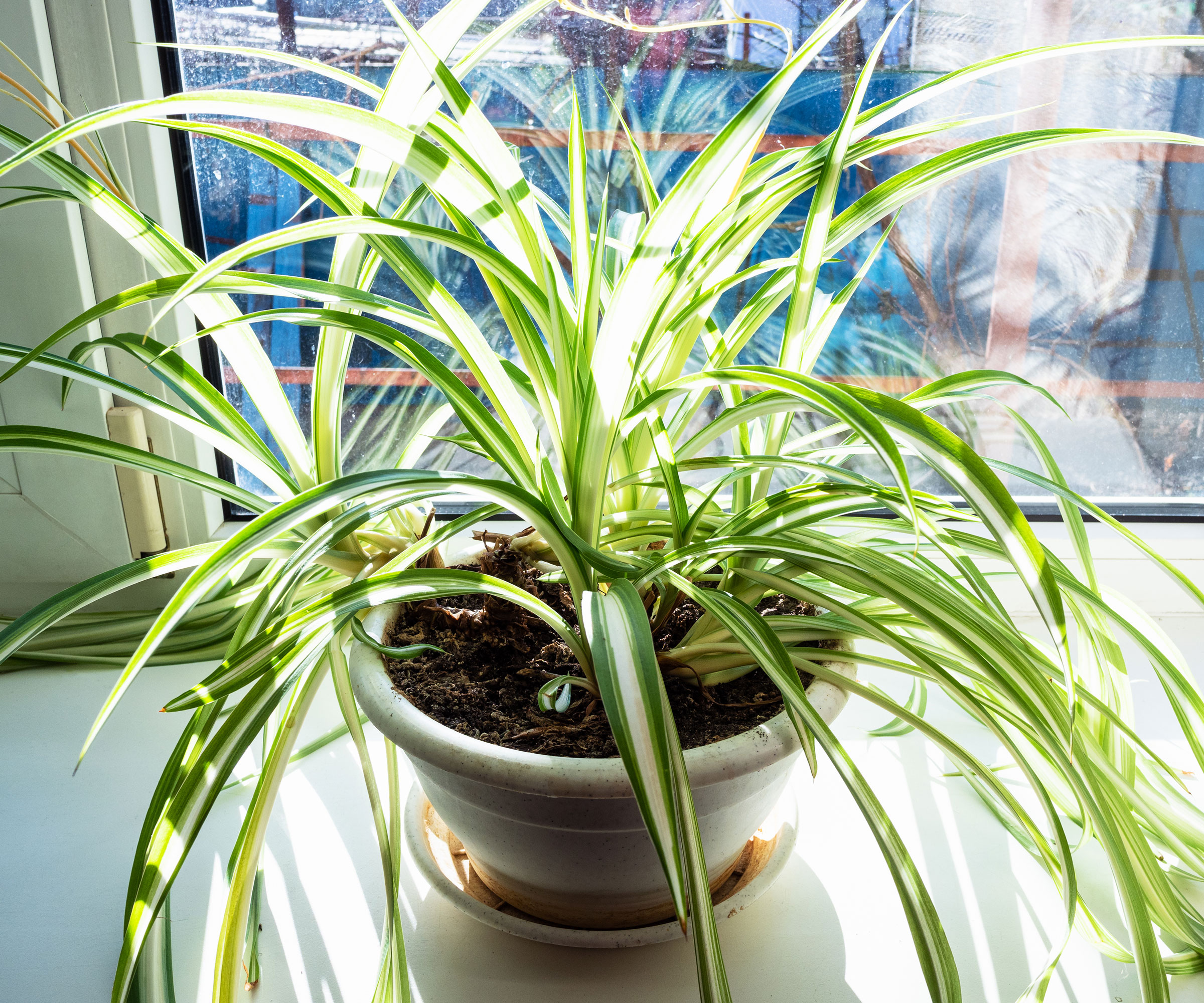
Another popular and easy houseplant, spider plant is also very easy to propagate at any time of year. It’s famous for its babies, or pups. These are small clones that sprout on the ends of runners. To propagate a spider plant, simply snip off a pup and root it in water or potting mix.
3. Jade
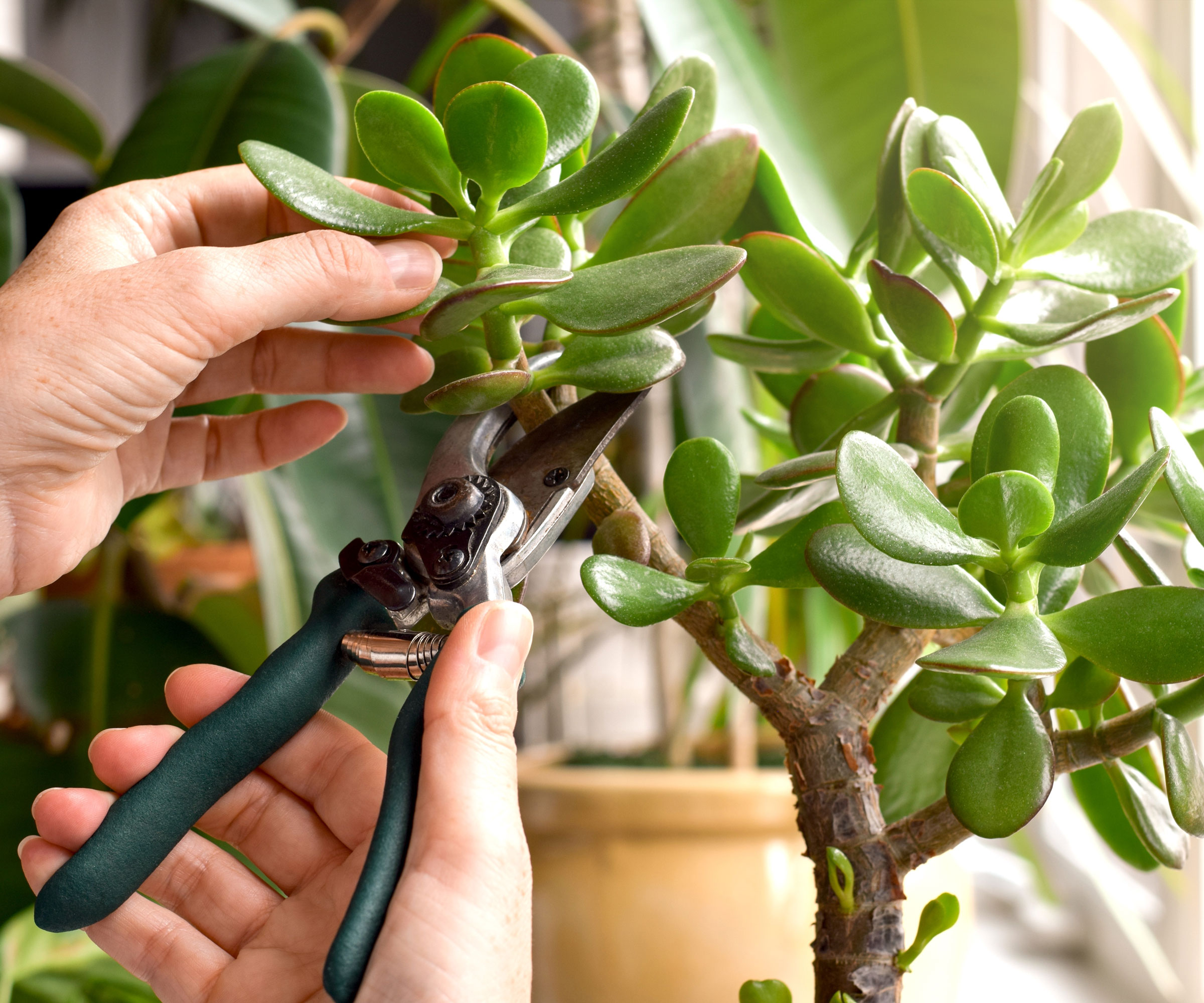
Many succulents make good houseplants and are easy to propagate, like jade plant. Rather than cutting a short stem, you only need a single leaf to propagate jade. Let it callous over a few days before planting in soil or, alternatively, root the leaf in water.
4. Rosemary
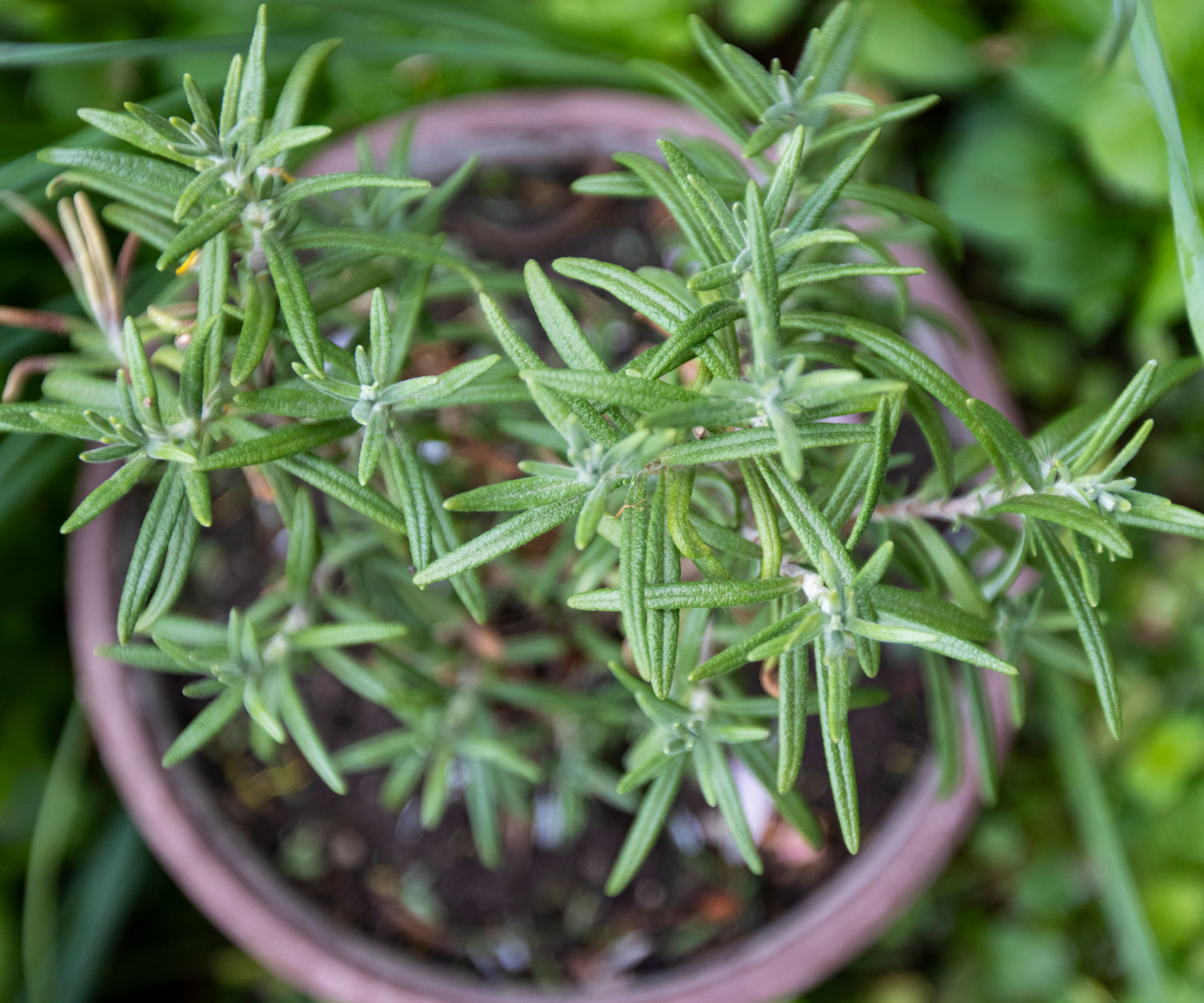
Herbs make great houseplants. Most grow readily in pots, produce a delicious aroma, and can be harvested for cooking. Rosemary propagates readily by rooting cuttings in water.
5. African Violet

African violet is a cheerful winter houseplant that blooms readily and often year-round. This plant propagates readily from leaf cuttings. Simply remove a healthy leaf with its stem and root it in water or moist potting mix.
6. Geranium
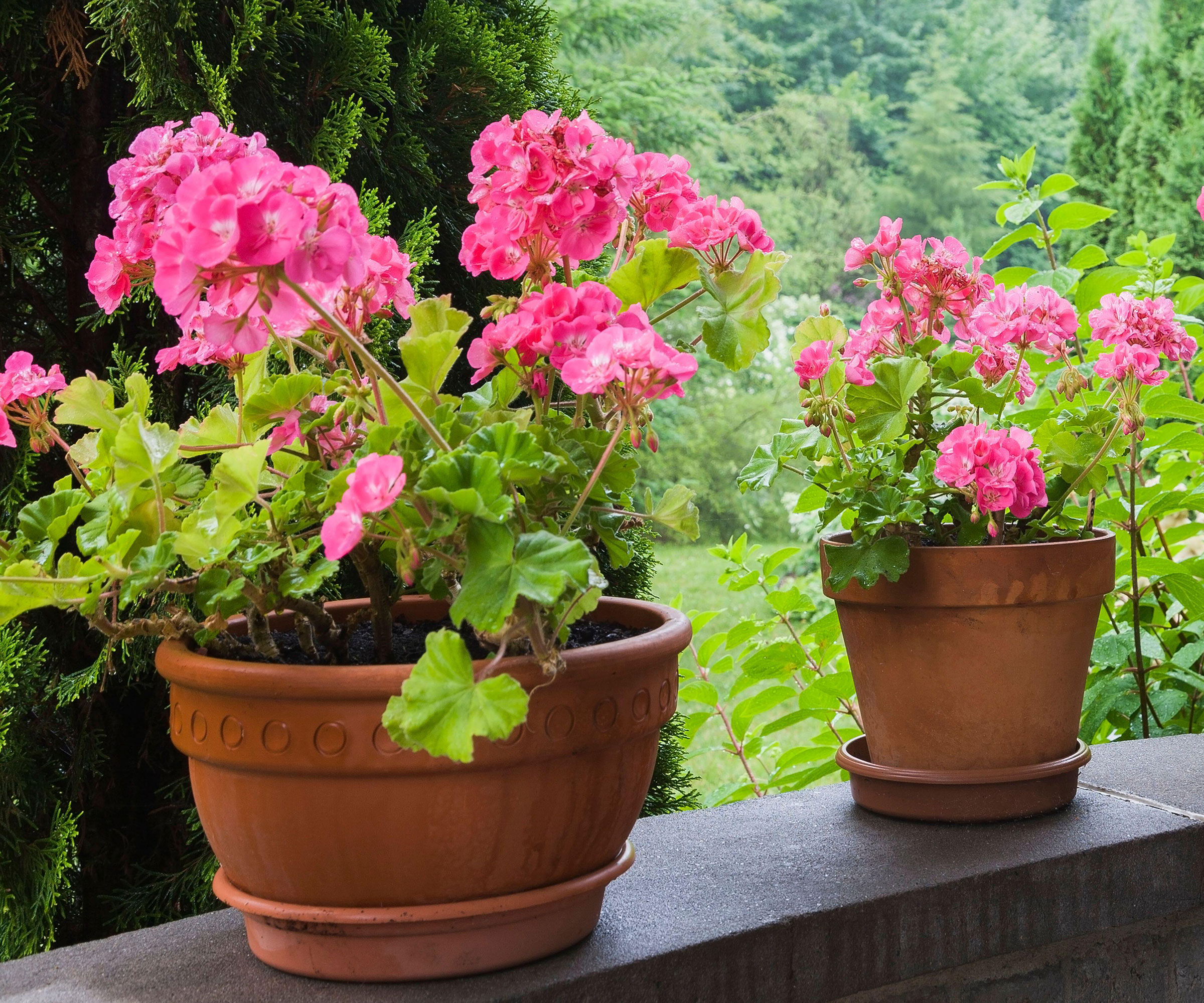
Many gardeners grow geraniums as annuals in beds and outdoor containers, but they also make good houseplants. They come in several varieties and types with different leaf shapes and flower colors. All geraniums root readily in water or moist potting mix from stem cuttings.
Propagation Basics
Most houseplants can be propagated by stem or leaf cutting, a simple process with only a few steps. For stem cuttings, take a piece that is about four to six inches (10 to 15 cm) long and remove the lower leaves so that it has one or two pairs left at the top. For leaf cuttings, remove a single healthy leaf with an inch or two of stem.
Use sharp, clean shears to make these cuttings. This minimizes damage and prevents the spread of disease. Most plants can be rooted in water or potting mix. If using potting mix, make sure it stays consistently moist as the cutting roots.
Place your cuttings in a warm spot with bright, indirect light. Be patient. Some plants will start making roots within a few days, while others take longer. To speed up the process, you can dip the cut end of the cutting in rooting hormone. Once your cutting has a few healthy roots, you can plant it in a new container with quality potting soil or mix.
Troubleshooting Common Problems
While propagating these easy houseplants is pretty foolproof, there are some basic mistakes that can derail your project:
- Using the wrong propagation method. Most houseplants can be propagated by cuttings, but it’s worth doing a little research to be sure you’re using the best method for the specific plant you have.
- Not taking a healthy cutting. It’s especially important in winter, when growth is slower and conditions are less ideal, to take a healthy cutting. Look for a growing stem or leaf without blemishes, and that is not wilting or dry.
- Not providing enough moisture or light. Winter has less light and is often very dry indoors. Make sure your cuttings get plenty of moisture if propagated in potting mix. Keep the soil moist, but also consider covering the cutting with plastic to hold in moisture. All cuttings should be placed in a spot with adequate light. Use artificial light, if necessary.
- Forgetting warmth. Winter is obviously also colder than summer, so consider how warm your cuttings are. Keep them away from drafts. If needed, use a heating mat under your cuttings. Use a mat specifically designed for plants or a mat that is set to a low temperature.
Propagation is a fun activity for winter downtime. It gives you something to do while the garden lies dormant and allows you to bring cheer and warmth to your home in winter.
Winter Propagation Essentials

Mary Ellen Ellis has been gardening for over 20 years. With degrees in Chemistry and Biology, Mary Ellen's specialties are flowers, native plants, and herbs.
